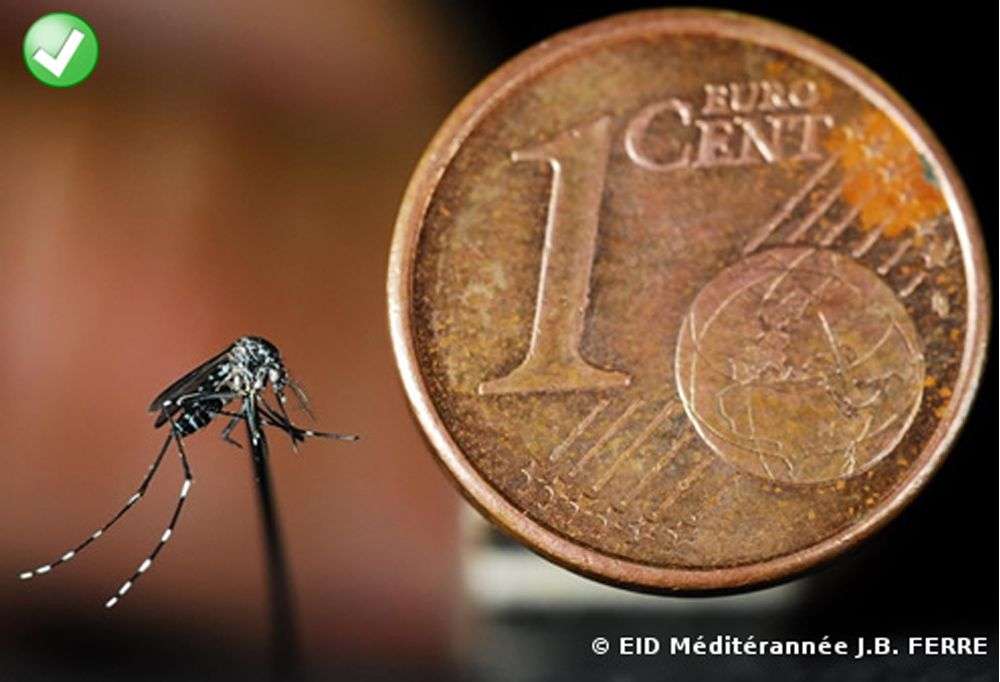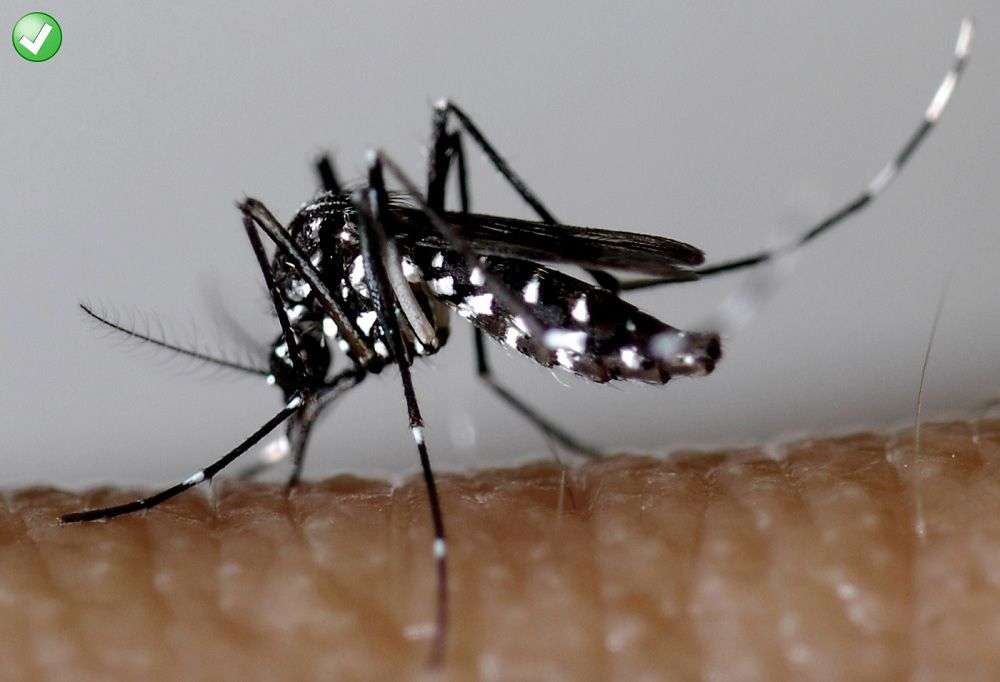
THE tiger mosquito, or moustique tigre, continues to prove a nuisance across many areas of France with people urged to help in controlling its spread.
The mosquito can carry diseases such as chikungunya, dengue and Zika and was first spotted in the Dordogne in 2015. It is now a problem across large areas of France, including many urban areas, with research saying it was established in 71 départements.
The health authorities in Normandy announced in March 2024 that they had recorded the presence of the moustique tigre, becoming the last département in mainland France where the insect has been found.
The presence of Aedes albopictus was first recorded in France in 2004, and has since spread throughout the country.

In July 2022, the French authorities announced that a resident of Perpignan, in the Pyrénées-Orientales, had developed dengue fever from a tiger mosquito bite that he suffered when at home.
It is rare for a domestic instance of the disease to be found, most cases in France come from when people have travelled overseas to areas that are known to suffer from mosquito borne illnesses.
The health authorities in Perpignan went from door-to-door in the neighbourhood of where the victim lived to offer advice, but also in an attempt to deal with zones where the moustique tigre is present.
In Paris in August 2023, two cases of imported dengue fever where discovered, prompting the Parisian authorities to ask people to stay indoors overnight as they sprayed an area around the homes of where the two cases were found.
The French authorities have created a website providing more information on spotting and dealing with the tiger mosquito, as well as the opportunity to update them if you believe you have found the mosquito close to home.

Homeowners can reduce the risk of its spread by ensuring stagnant water is not left standing as it provides a breeding ground for the insect.
The tiger mosquito is very small at less than 1 cm in length, with a distinctive black and white body and legs.
They live for around a month with the female able to lay 200 eggs every 12 days, and they only need a small quantity of water to use as a breeding ground.
Tiger mosquitoes are silent and diurnal, meaning that they tend to bite during the day (mainly in the morning and evening), whereas the common mosquito mainly bites at night
How to prevent tiger mosquito spread

The tiger mosquito seems to have adapted very well to urban and city environments as it is able to breed in artificial water containers such as vases, pots and rainwater collection systems.
– Empty all areas where stagnant water collects such as buckets and garden equipment, and put them away
– Put sand in the saucers under plants to absorb water and still let your flowers draw up moisture
– Any rainwater butts or collection points should be covered in mosquito net or cloth
– If you have ornamental ponds then introducing fish to them can help as they eat the mosquito larvae
Protect yourself from tiger mosquito bites
The mosquito does its damage during the day, biting its victims on areas of unprotected skin.
– If you can, wear long, loose, light-coloured clothing
– Spray on insect repellents can work, but double-check the packaging or ask your pharmacist for advice
– If your are struggling with the tiger mosquito around the house then nets across windows and doors might help while you deal with it
If you do notice any signs of mosquito-borne illness, such as a fever or rash, it is important to seek medical attention immediately.
In most cases, the symptoms can be managed with medication, but early detection and treatment is crucial for preventing serious complications.
In conclusion, protecting oneself from the tiger mosquito in France requires a combination of prevention and awareness.
By eliminating breeding grounds, using repellent and nets, and seeking medical attention when necessary, it is possible to greatly reduce the risk of mosquito-borne illnesses and stay healthy and safe in the face of this persistent threat.